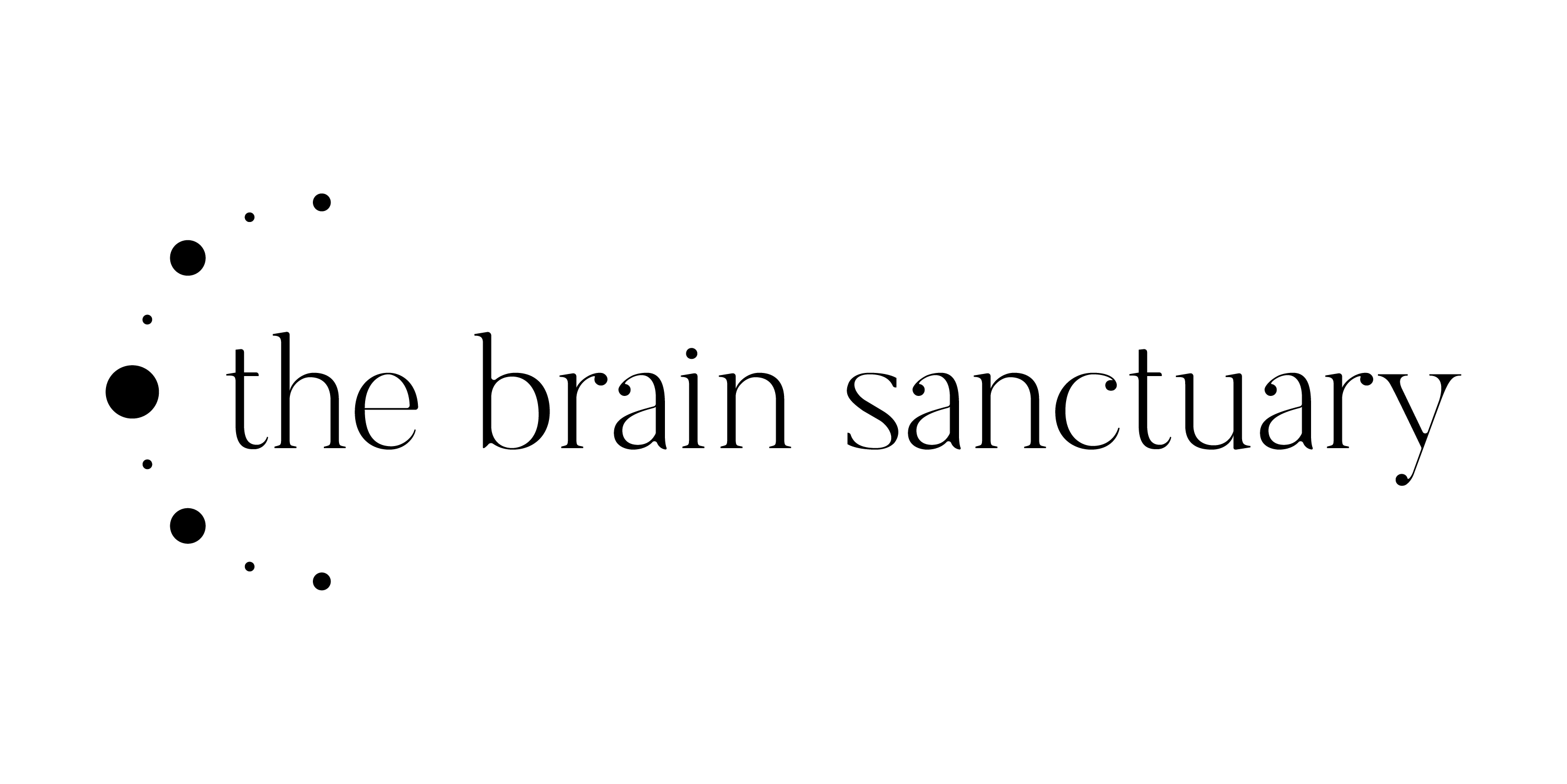In the fast-paced digital world, where technology constantly vies for our attention, maintaining digital wellbeing has become paramount. The relentless inundation of notifications, emails, and the endless allure of social media can lead to digital fatigue, affecting our mental health and overall quality of life. As we delve deeper into the digital age, understanding and implementing strategies for digital wellbeing is more crucial than ever. This article explores the concept of digital wellbeing and offers practical strategies for fostering a healthier relationship with technology.
Understanding Digital Wellbeing
Digital wellbeing refers to the optimal state of health and wellness that each individual using technology is capable of achieving. It encompasses mindfulness, balance, and intentional usage when interacting with digital devices and content, ensuring that technology enhances rather than detracts from quality of life.
Achieving digital wellbeing means recognising when and how technology serves us best and making conscious decisions to utilise it in ways that enrich our lives while mitigating its potential negative impacts.
The Impact of Digital Overload
Constant connectivity can lead to several adverse effects, such as decreased concentration, increased stress levels, sleep disturbances, and a profound sense of inadequacy fuelled by the curated realities presented on social media. The phenomenon known as "compare and despair" can exacerbate feelings of loneliness and anxiety. Thus, managing our digital habits is essential for safeguarding our mental health.
Strategies for Enhancing Digital Wellbeing
- Digital Detoxes and Screen-Free Time: Regularly schedule periods where you disconnect from all digital devices. This could be during meal times, an hour before bed, or specific weekends. The aim is to create spaces where you can reconnect with the physical world, fostering stronger relationships and improving sleep quality.
- Mindful Technology Use: Cultivate an awareness of why and how you're using technology. Ask yourself whether your current activity on a digital device is serving a positive purpose. If not, consider what changes you could make.
- Prioritise Real Connections: Use technology to enhance rather than replace face-to-face interactions. Despite the convenience of digital communication, prioritise spending quality time with friends and family in person.
- Manage Notifications: Take control of your phone's notifications to minimize distractions. Turning off non-essential alerts can help reduce the urge to constantly check your device.
- Digital Declutter: Regularly review and organise your digital spaces, including apps, emails, and files. Unsubscribe from unneeded email lists and uninstall apps that you no longer use or that contribute to unhealthy habits.
- Use Wellbeing Features: Many smartphones and apps now offer features designed to monitor and limit screen time or encourage breaks. Familiarise yourself with these features and incorporate them into your digital life.
- Establish a Nighttime Routine: Exposure to blue light emitted by screens can disrupt sleep patterns. Establish a nighttime routine that involves switching off electronic devices at least an hour before bed.
The Importance of Balancing Technology in Our Lives
Embracing digital wellbeing doesn't mean abandoning technology; rather, it's about leveraging it to enhance our lives while recognising and mitigating its potential downsides. As with any aspect of health and wellness, balance is key. Technology should serve as a tool to achieve our goals and enrich our lives, not as a source of constant distraction or distress.
In our digital age, taking proactive steps towards digital wellbeing is essential for maintaining mental health and ensuring technology remains a force for good in our lives. By adopting mindful usage practices, setting boundaries, and prioritising real-world connections, we can navigate the digital world in healthier, more fulfilling ways.

